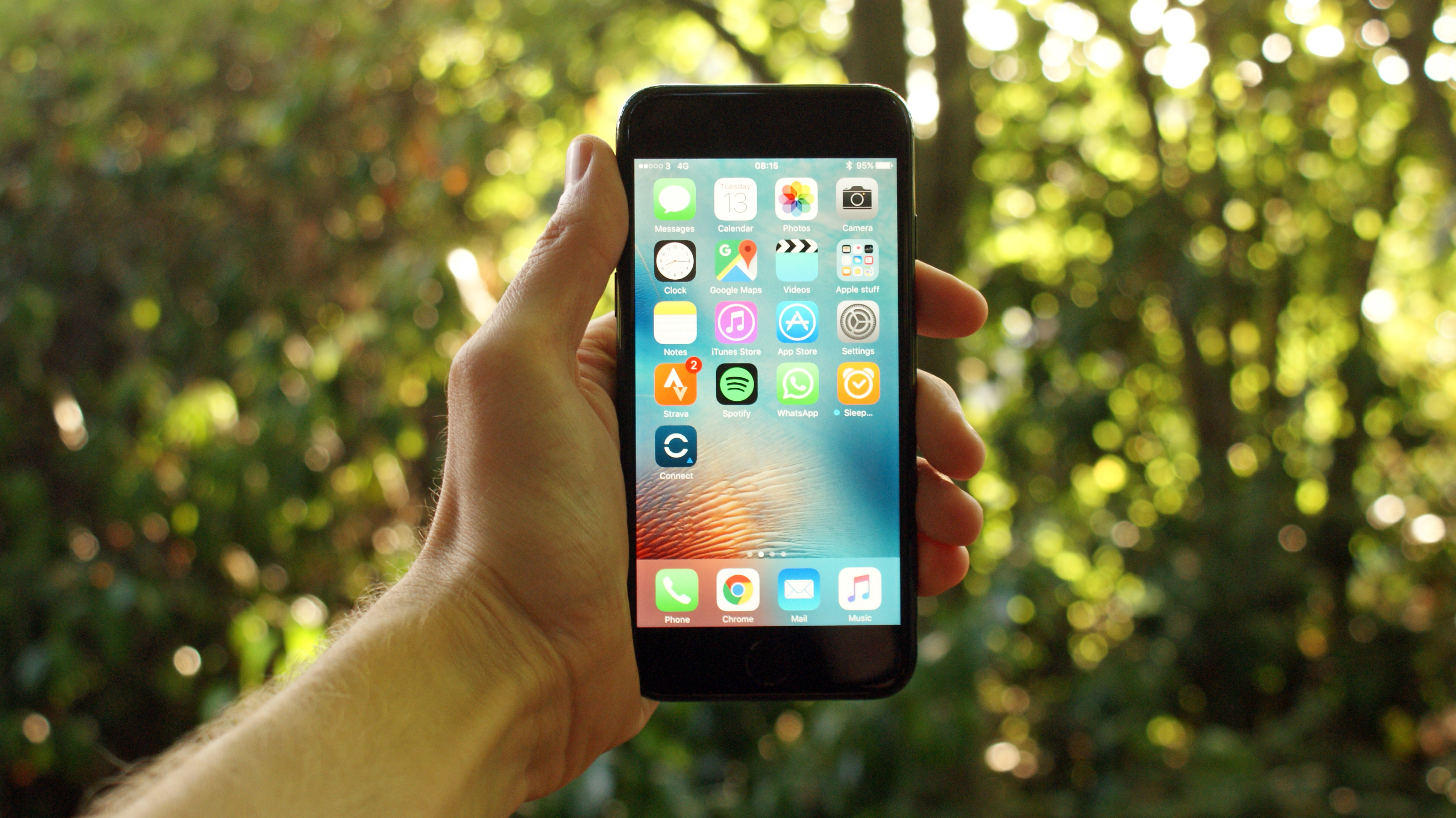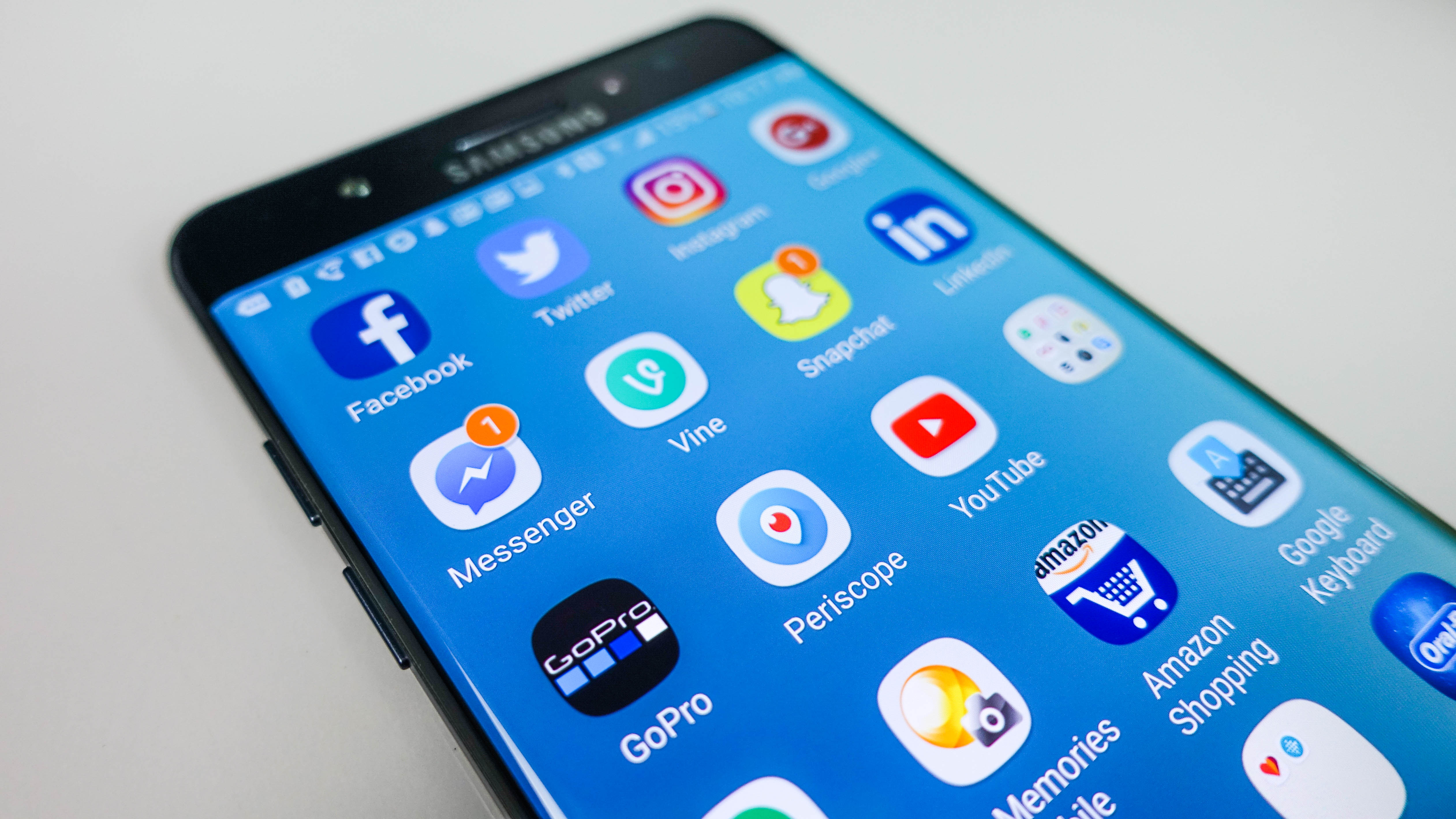iPhone 7 display sets performance record, but it's still not the best around
Samsung Galaxy Note 7 screen reigns supreme

The iPhone 7 is in many ways Apple's best iPhone yet, and now it can lay claim to a record-setting screen as well.
The folks over at DisplayMate put together an extensive report on the iPhone 7's display performance, finding it to be one of the best mobile displays it has ever tested.
The iPhone 7s screen shows significant improvement across the board from that of the iPhone 6, the research firm writes. It cites color accuracy, peak brightness, high contrast ratios, great viewing angles and low screen reflectance as reasons for awarding the display an "A" grade.
"It is by far the best performing mobile LCD display that we have ever tested, and it breaks many display performance records," DisplayMate says. "It is the most color accurate display that we have ever measured. It is Visually Indistinguishable From Perfect, and is very likely considerably better than any mobile display, monitor, TV or UHD TV that you have."

According to the firm, Apple applied what it learned from the iPad Pro 9.7 display, offering two color gamuts on the iPhone 7: sRGB, which is an older standard, and the new DCI-P3 color gamut that's 26% larger than sRGB.
This means the iPhone 7 "will be able to accurately display all of the new 4K TV and video content," though DisplayMate notes the screen resolution is far from 4K. However, the iPhone 7's Retina Display resolution is good enough at normal viewing distances that you won't be able to see any individual pixels.
Great LCD display, but OLED still wins
The new iPhone's screen is undoubtedly impressive, but how does it stack against its main rival, the Samsung Galaxy Note 7?
Sign up for breaking news, reviews, opinion, top tech deals, and more.
Displays for both phones received an "Excellent" and "A" rating, but DisplayMate bestowed the Note 7 with "The Best Smartphone Display" award, citing some advantages of Samsung's OLED technology.
"LCDs are a great cutting edge high performance display technology for Tablets to TVs, but for handheld Smartphones, OLED displays provide a number of significant advantages over LCDs," DisplayMate notes. Those advantages include "being much thinner, much lighter, with a much smaller bezel providing a near rimless design."

This allows OLED displays to be manufactured into flexible and curved designs, plus provides perks like faster response time, better viewing angles, and always-on display modes.
The Galaxy Note 7 display also offers the DCI-P3 color gamut for displaying accurate cinema content, as well as being extremely bright in high ambient lighting, which is useful for outdoor viewing.
DisplayMate speculates that rumors of Apple moving to an OLED display for its next iPhone could be a possibility given the improvements in brightness, efficiency and flexibility of design.
The firm sees better image quality in bright ambient light as the next battleground for display dominance, a fight that will no doubt pit Apple and Samsung head-to-head once again.
